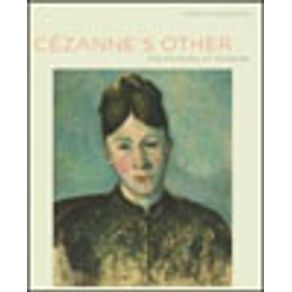In the voluminous scholarship that's been written on Paul Cézanne, little has been said about the twenty-four portraits in oil that Cézanne made of his wife, Hortense Fiquet Cézanne, over an extended twenty-year period. In Cézanne's Other: The Portraits of Hortense, Susan Sidlauskas breaks new ground, focusing on these paintings as a group and looking particularly at the differences that render many of them unrecognizable as the same person. She argues that Cézanne sidestepped the conventional goals of portraiture-he avoids representing a consistent, identifiable physiognomy or conventional feminine postures and does not portray the subject's inner life-making lack of fixedness itself his subject, which leads him ultimately to a radical reformulation of modern portraiture. Sidlauskas also upends the notion of Mme Cézanne as the irrelevant and absent spouse. Instead she reveals Hortense Fiquet Cézanne as a presence so crucial to the artist that she became the essential "other" to his ever-evolving "self." Coupling historical texts from philosophy, psychology, and physiology with more recent writings from women's and gender studies, cognitive psychology, and visual culture, Sidlauskas demonstrates that Mme Cézanne offered intimacy at arm's length for the painter who has been dubbed "the lone wolf of Aix."


